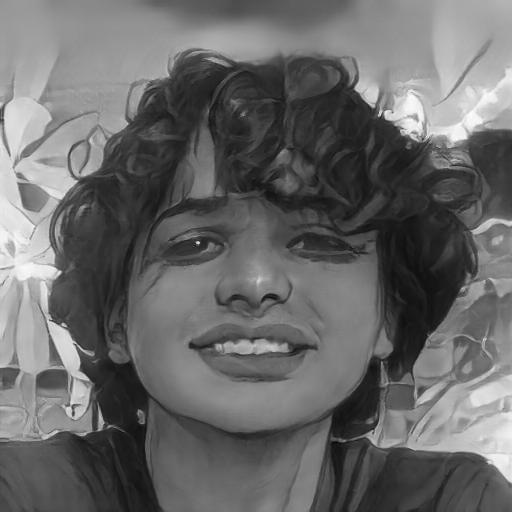Warping and Splitting Layers
Warping and Split Layers
What Is It?
Warping or curling occurs mainly on the initial few layers of your part, leading to a failed print, poor print quality, or a dimensionally inaccurate part. Whereas layer splitting usually takes place in the middle of the top portion of your printed pieces. Split layers directly affect your part's structural integrity, resulting in an unappealing-looking 3D print.
The primary reasons behind both these problems are the printing temperature and ambient temperature of your 3D print. If there's a significant difference between your hot and bed temperature and the surrounding environment, you will experience warping and layer splitting in your 3D-printed parts.
What to Check?
- Printing temperature
- Heated Bed temperature
- Ambient printing temperature
- Cooling settings
- Material properties (Type of material, ABS, PETG, PP)
How to Fix It?
Increase the Print Bed and Hot End Temp
A heated bed reduces the thermal shock that the extruded material experiences during the few initial layers of your print. It maintains a warm surrounding temperature and lowers the temperature difference between your printer's environment and the 3D print.
Likewise, if your printing temperature is low, the extruded filament will not bond properly with the previous layer, resulting in layer separation.
Specifically, ABS, PETG, PC, and PA need a high-temperature heated bed to avoid warping issues. You can try increasing the heated bed temperature by 10 °C and keep the hot end temperature towards the higher end.
For example, if your ABS filament has a printing temperature range of 195 - 225 °C, try printing it at around 215 - 220 °C. Similarly, if your print bed setting is at 90 °C, try to bump it up to 100 - 110 °C if your printer supports these temperatures. It should minimize the chances of split layers and warping issues in your prints. For a full material temperature guide, Prusa has developed this tool for reference.
Enclose your 3D printer
A 3D printer enclosure isolates your machine's surroundings and maintains an optimal printing environment. A well-designed enclosure will trap the heat from the print bed and maintain a warm ambient printing temperature. Additionally, an enclosure prevents sudden cold air drafts that might induce a temperature difference in your prints and split the layers.
Several DIY enclosure designs are available, using which you can create a customized enclosure for your 3D printer. Otherwise, you can also buy pre-made enclosures for your printer, but it might be hard to find an enclosure mainly manufactured for your 3D printer.
An enclosure is necessary if you print ABS, PETG, and other high-temperature materials. It will reduce the chances of warping and help improve the chances of a successful print with these materials.
Shut off the cooling fan
The cooling fan induces a cool air breeze on your 3D prints creating a temperature difference between the current and the previous layers. This difference causes the layers to split or curl up, leading to failed prints.
It's a well-established practice to shut off the part cooling fan for the initial layers regardless of your filament. But, with high-temperature filaments, it's best to keep the fan off for the entire duration of the 3D print.
Adjust layer heights
A high layer height increases the gap between two layers, and if the temperature isn't high enough or you're printing without an enclosure, there's a high chance of layer separation. A high layer height setting results in thick layers that need more time to cool down. If these thick layers aren't cooled down properly, they'll split and warp during printing.
As a thumb rule, your layer height should be more than 80 % nozzle diameter. Therefore, if you're printing with a 0.4 mm nozzle, the maximum layer height should be around 0.28 - 0.32 mm for your prints. If you're experiencing split layers, try reducing your layer heights gradually and find a sweet spot that balances your print times and quality.
Use A Temperature Tower To Calibrate Filament Temperature
A temperature tower is a quick and easy way to find the optimal temperature settings for your filament. These towers help determine the temperature range for the particular filament, and it would be best if you'd print them whenever you load a new roll of filament material.
Several temperature towers are available on Thingiverse with detailed instructions and settings. Alternatively, you can use the Teaching Tech's guide to create your customized temperature tower and test the printing temperature range for your filament.
Use a Remote monitoring tool
In some cases, warped bottom layers can weaken the print's adhesion to the bed surface, causing it to peel away from the print bed. If this goes unchecked, the following layers will continue to pile up, but result in a noodle-like mess on your bed. It will lead to a loss of your 3D printing filament and your printer's printing time.
To prevent this, you can use tools like Obico to quickly diagnose any failed prints, and stop the printing immediately, from anywhere. Obico will automatically notify you if the print is not peeled away from the bed, and you can take prompt action to further save the loss of filament.
